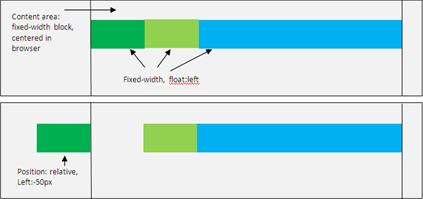From holding
a book in hands and lying under a tree to turning pages digitally on your
Galaxy Note, reading has come a long way indeed..
What
determines the experience of the reader is not the fact that it is paper or
digital screen, it lies in how seamless the transition from one page to another
goes or how beautifully the graphics blend in. When it comes to digitizing
books, these factors can only be enhanced which means eBooks are far more
interactive, engaging and convenient than traditional book reading. The growth
of this medium and increasing demand for digital versions of exiting boos has
proven that this technology is here to stay.
·
More
comprehensive evaluation methods and instant results
·
Simplified
navigation
·
comfortable
night reading
·
Search
for a term/ phrase in the entire eBook and get instant results
·
Interactive
questions
·
Easy
to carry – your iPad will save all your books without any heavy baggage
·
font
adjustments to suit your comfort
In case of
e-learning material, eBooks are helpful in many ways. The students get a virtual
reading experience, which is more comfortable in terms of navigation,
bookmarking, references, instant access to word meaning, definitions and
related material. Moreover, it unburdens the teachers as the eBook takes care
of the exercises. Students can self assess their performance through instant
test results.
Interactive eBooks are developed using HTML5 technology
y and ePub 3 format.

